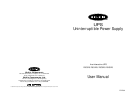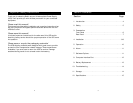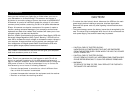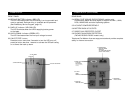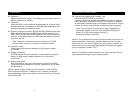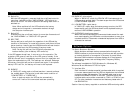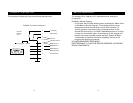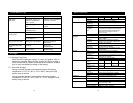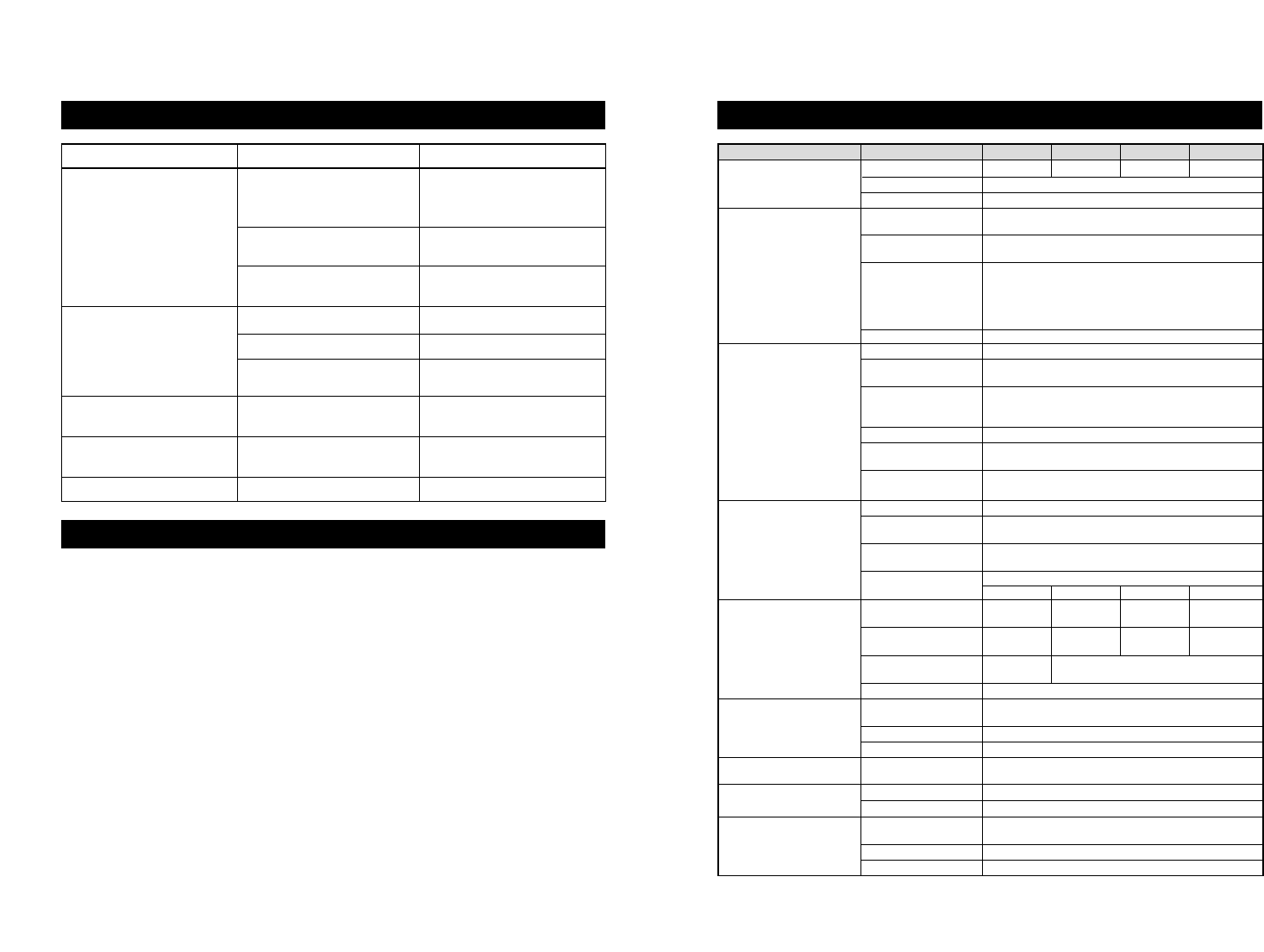
15
MODEL F6C325 F6C425 F6C525 F6C625
Specifications
Capacity 325VA 425VA 525VA 625VA
Voltage 100V, 110V, 120V, ±25%
Frequency 50Hz or 60Hz ±5% (auto sensing)
Voltage Simulated sine wave at Line Input ±5%
(on battery)
Frequency 50Hz or 60Hz ±0.5%
(on battery)
Voltage AVR automatically increases output voltage
Regulation 15% above input voltage if -9% to -25% of
AVR nominal. AVR decreases output voltage
13% below input voltage if +9% to
25% of nominal
Transfer Time 2-4 milliseconds, including detection time
Spike Protection 320 Joules, 2ms
EMI/RFI filter 10dB at 15MHz,
50dB at 30MHz
Overload UPS automatic shutdown if overload
Protection exceeds 110% of nominal at 60 second
and 130% at 3 seconds
Unit Input Fuse for overload and short circuit protection
10Base-T Network (UTP, RJ45) compatible jacks
Cable Port (F6C425, F6C525, F6C625)
Short Circuit UPS output cut off immediately or input
fuse protection
Type Sealed, maintenance-free lead acid
Typical 4 hours (to 90% of full capacity)
Recharge Time
Protection Automatic self-test and discharge protection,
replace battery indicator
Back up Time Depending on computer load...
5-17 min. 5-24 min. 5-32 min. 5-41 min.
Net Weight 4.7(10.4) 5.8(12.8) 6.2(13.7) 6.5(14.3)
Kg(lbs)
Shipping Weight 5.0(11.0) 6.1(13.4) 6.5(14.3) 6.9(15.2)
Kg(lbs)
Dimension(mm) 97
x260x
135 97x320x135
WxDxH
Input Inlet IEC 320 power inlet
Battery Slow beeping sound (about 0.47Hz)
Back-Up
Battery Low Rapid beeping sound (about 1.824Hz)
Overload Continuous beeping sound
RS232 Bi-directional communication port
Interface (F6C425, F6C525, F6C625)
Safety cUL, TUV, CE, meet FCC
Surge Meet IEEE 587 standard
Ambient operation 6,000 meters max. elevation, 0-95% humidity
non-condensing, 0-48˚C
Audible noise <40dBA (1 meter from surface)
Storage condition 15000 meters max. elevation
INPUT
OUTPUT
PROTECTION AND
FILTERING
BATTERY
PHYSICAL
ALARM
INTERFACE
CONFORMANCE
ENVIRONMENT
14
Storage
11.0 Storage Conditions
Store the UPS covered and upright in a cool, dry location, with its
battery fully charged. Before storing, charge the UPS for at least 4
hours. Disconnect any cables connected to the computer interface
port to avoid unnecessary drainage of the battery.
11.1 Extended Storage
During extended storage in environments where the ambient
temperature is -15˚C to +30˚C (+5˚F to +86˚F), charge the UPS
battery every 6 months.
During extended storage in environments where the ambient
temperature is +30˚C to +45˚C (+86˚F to +113˚F), charge the UPS
battery every 3 months.
PROBLEM POSSIBLE CAUSE SOLUTION
Troubleshooting
On/off/test/ button not
pushed or pushed less
than 1 second
Battery voltage less than
10V
Load less than 20W
at battery mode
Power cord loose
AC fuse is burned out
Line voltage too high, too
low or black out
Battery not fully charged
Overload
Battery failure
The UPS continuously
beeps
Press the on/off/test button
more than 1 second
Recharge the UPS at least
4 hours
Normal condition
Replug the power cord
Replace the AC fuse
Normal condition
Recharge the UPS at
least 4 hours
Remove the
noncritical loads
Replace battery
UPS not on
LED not lit
UPS always at
battery mode
Back up time too short
RED LED lit



